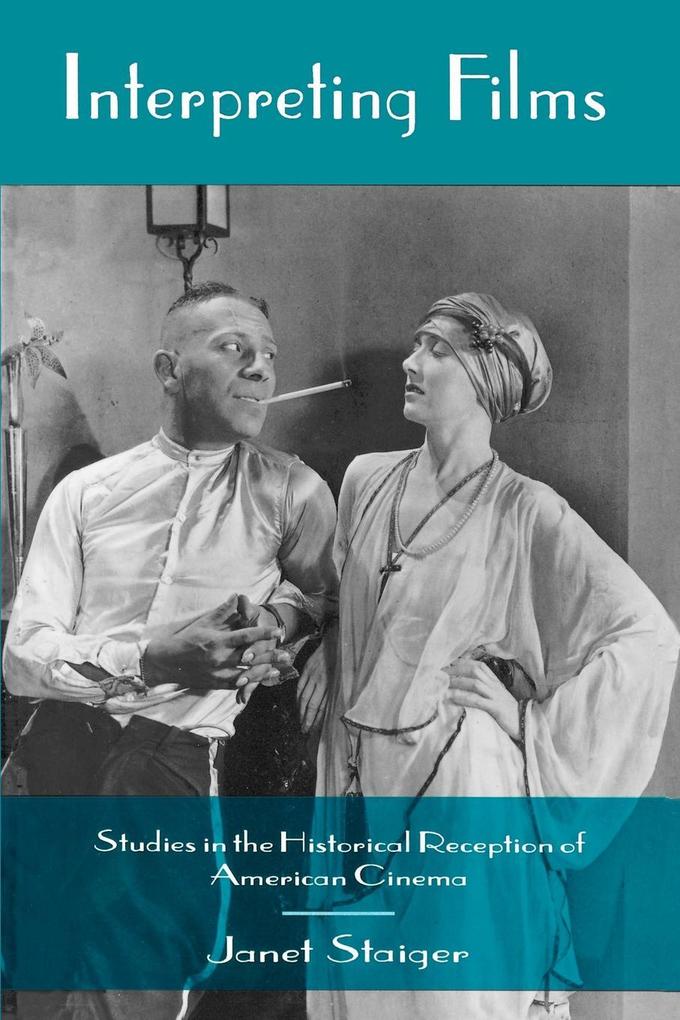Employing a wide range of examples from Uncle Tom's Cabin and Birth of a Nation to Zelig and Personal Best, Janet Staiger argues that a historical examination of spectators' responses to films can make a valuable contribution to the history, criticism, and philosophy of cultural products. She maintains that as artifacts, films do not contain immanent meanings, that differences among interpretations have historical bases, and that these variations are due to social, political, and economic conditions as well as the viewers' constructed images of themselves. After proposing a theory of reception study, the author demonstrates its application mainly through analyzing the varying responses of audiences to certain films at specific moments in history. Staiger gives special attention to how questions of class, gender, sexual preference, race, and ethnicity enter into film viewers' interpretations. Her analysis reflects recent developments in post-structuralism, cognitive psychology, psychoanalysis, and cultural studies, and includes a discussion of current reader-response models in literary and film studies as well as an alternative approach for thinking about historical readers and spectators.
Inhaltsverzeichnis
<TR>List of Figures and Sources<TR>Preface<TR>Pt. 1Theoretical Concerns1<TR>Ch. 1The Use-Value of Reception Studies3<TR>Ch. 2Reception Studies in Other Disciplines16<TR>Ch. 3Reception Studies in Film and Television49<TR>Ch. 4Toward a Historical Materialist Approach to Reception Studies79<TR>Pt. 2Studies in the History of the Reception of American Films99<TR>Ch. 5Rethinking "Primitive" Cinema: Intertextuality, the Middle-Class Audience, and Reception Studies101<TR>Ch. 6"The Handmaiden of Villainy": Foolish Wives, Politics, Gender Orientation, and the Other124<TR>Ch. 7The Birth of a Nation: Reconsidering Its Reception139<TR>Ch. 8The Logic of Alternative Readings: A Star Is Born154<TR>Ch. 9With the Compliments of the Auteur: Art Cinema and the Complexities of Its Reading Strategies178<TR>Ch. 10Chameleon in the Film, Chameleons in the Audience; or, Where Is Parody? The Case of Zelig196<TR>Epilogue210<TR>Notes213<TR>Select Bibliography259<TR>Index271










